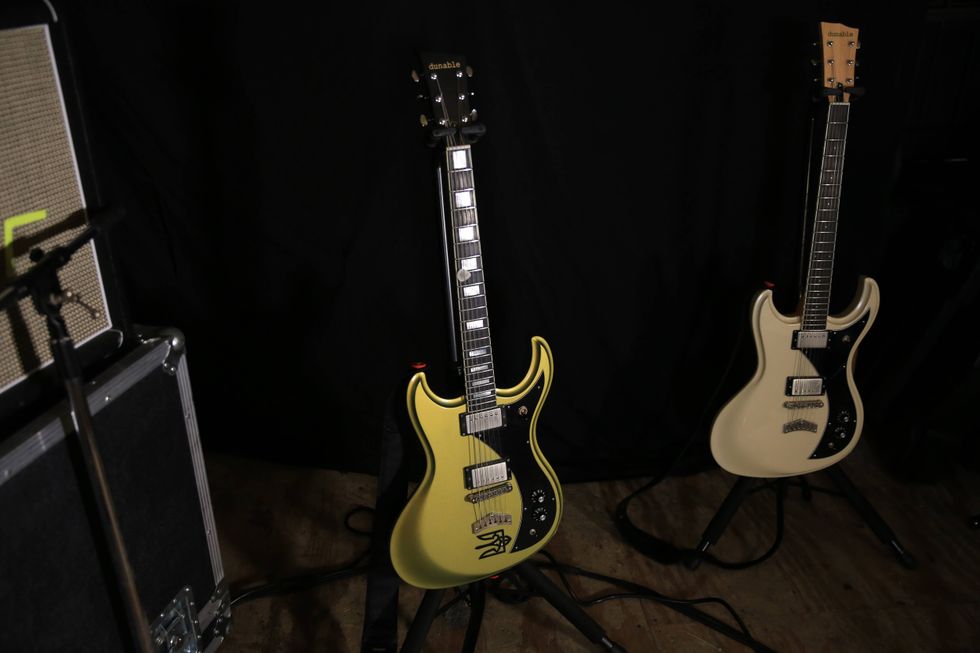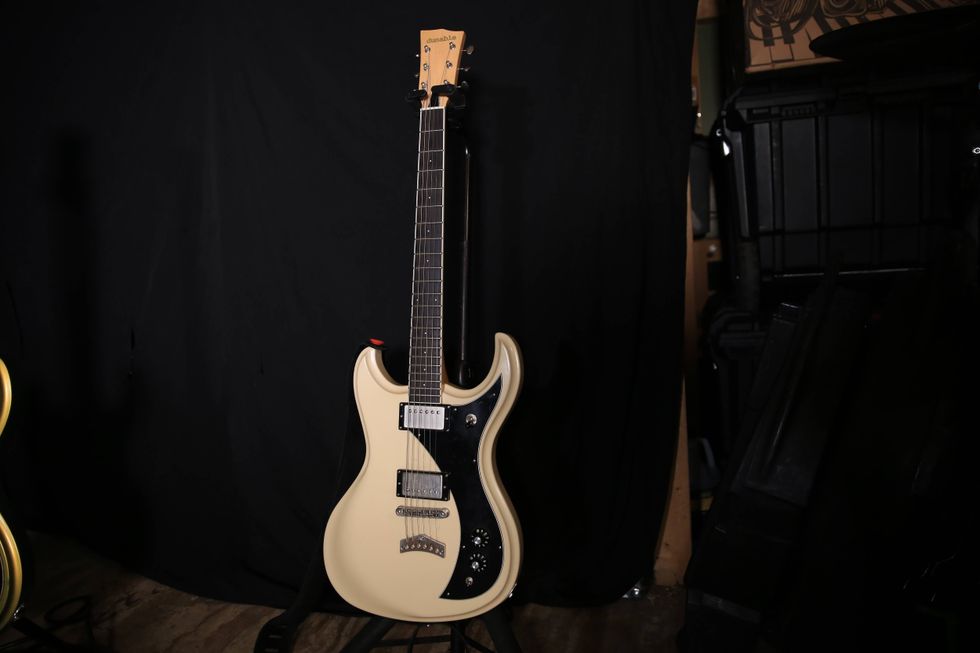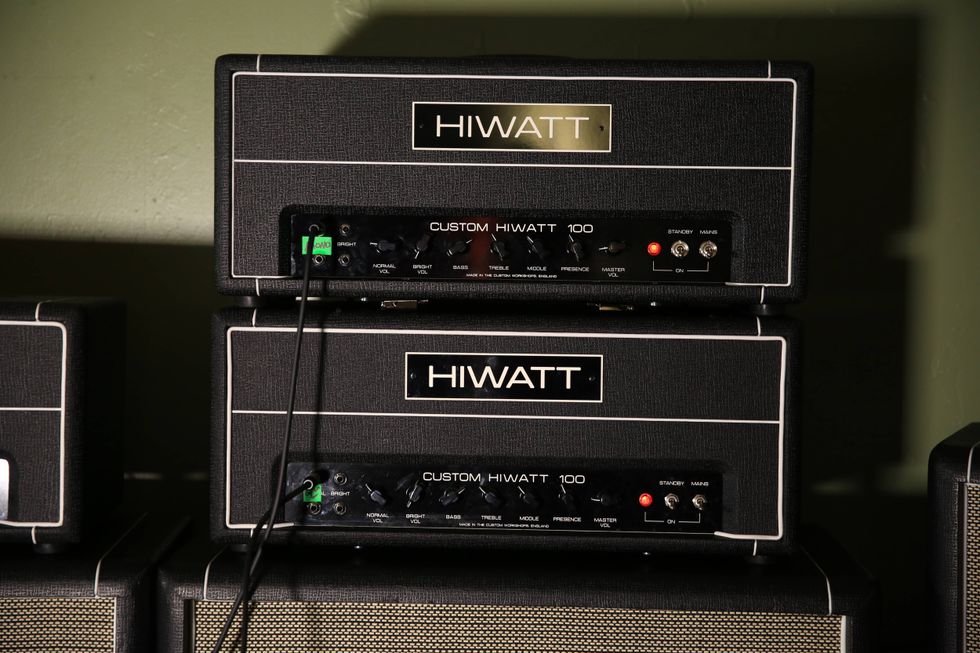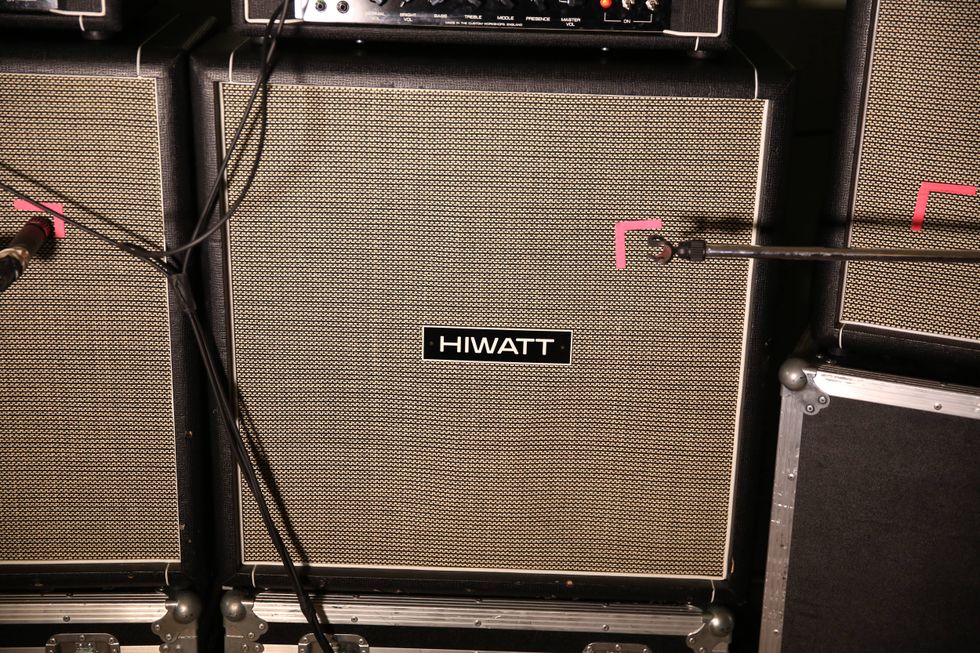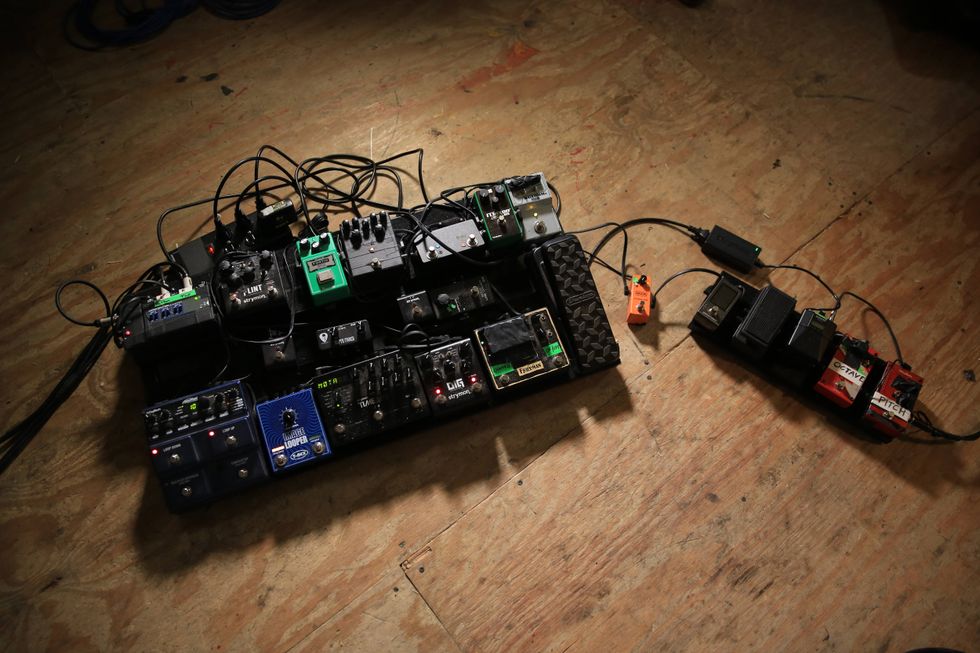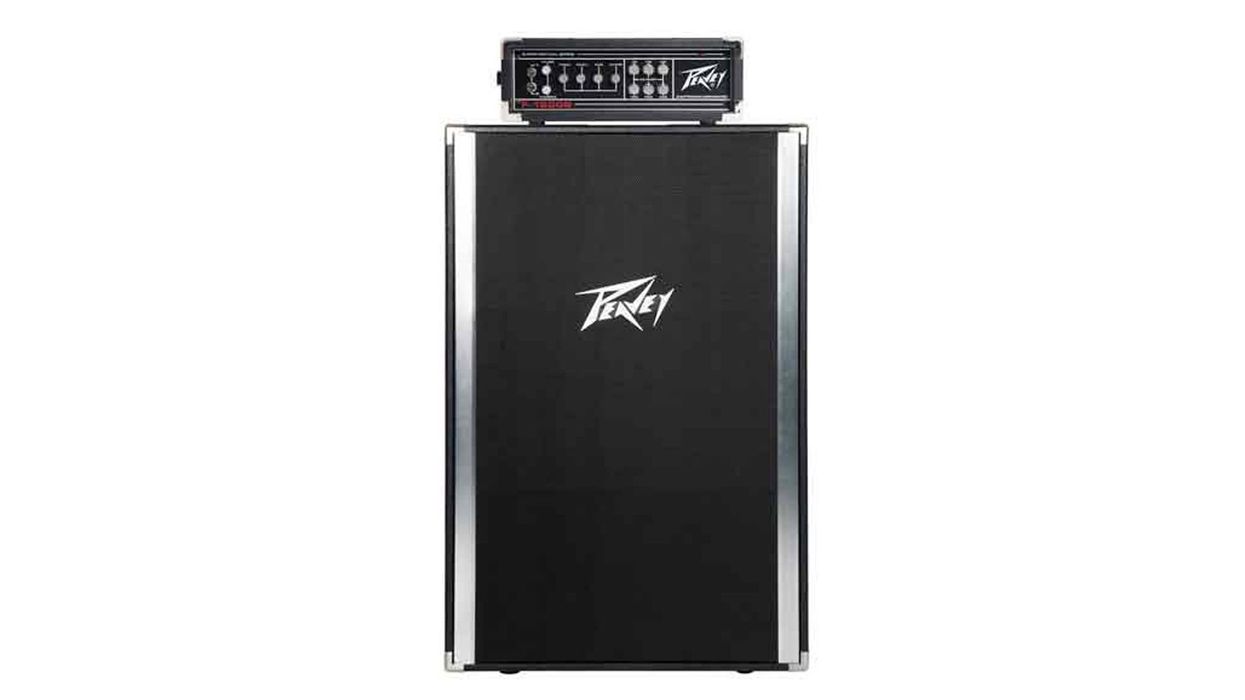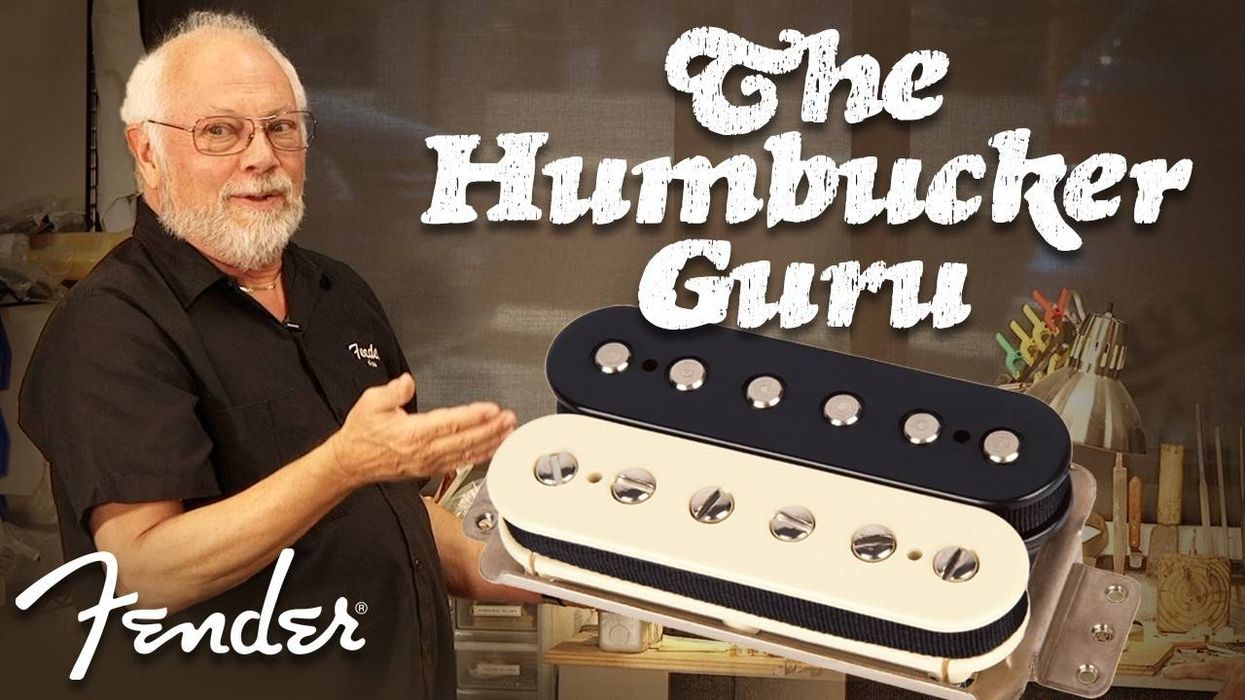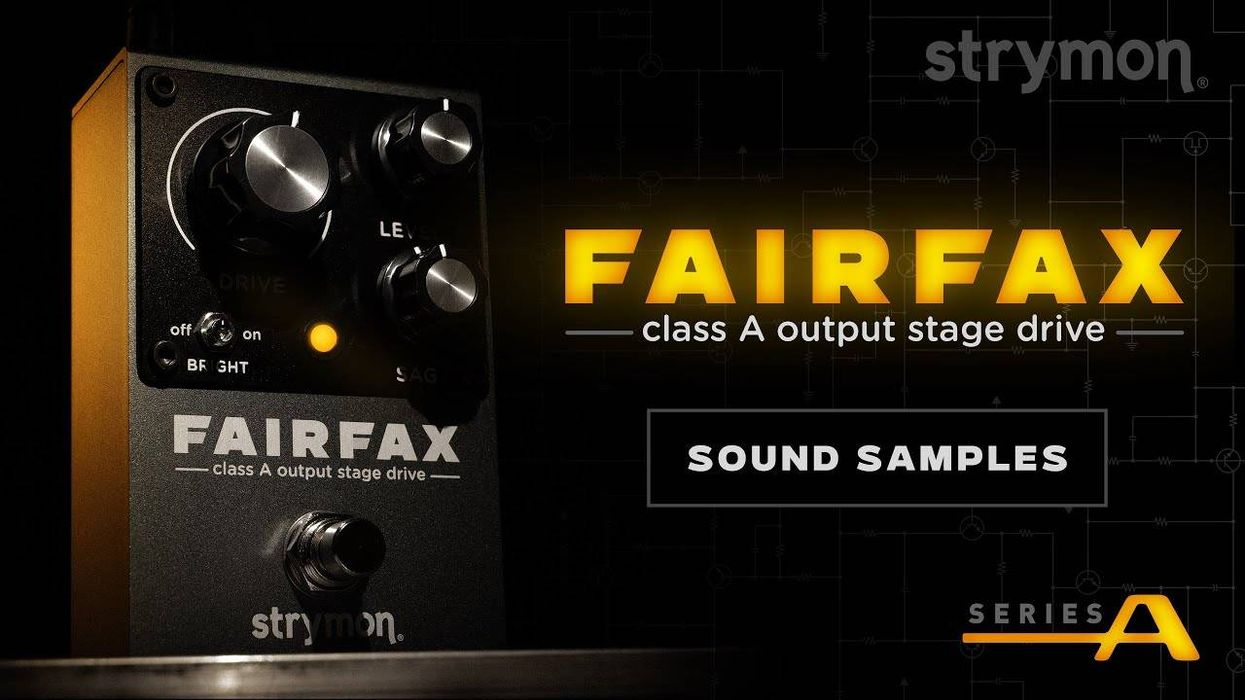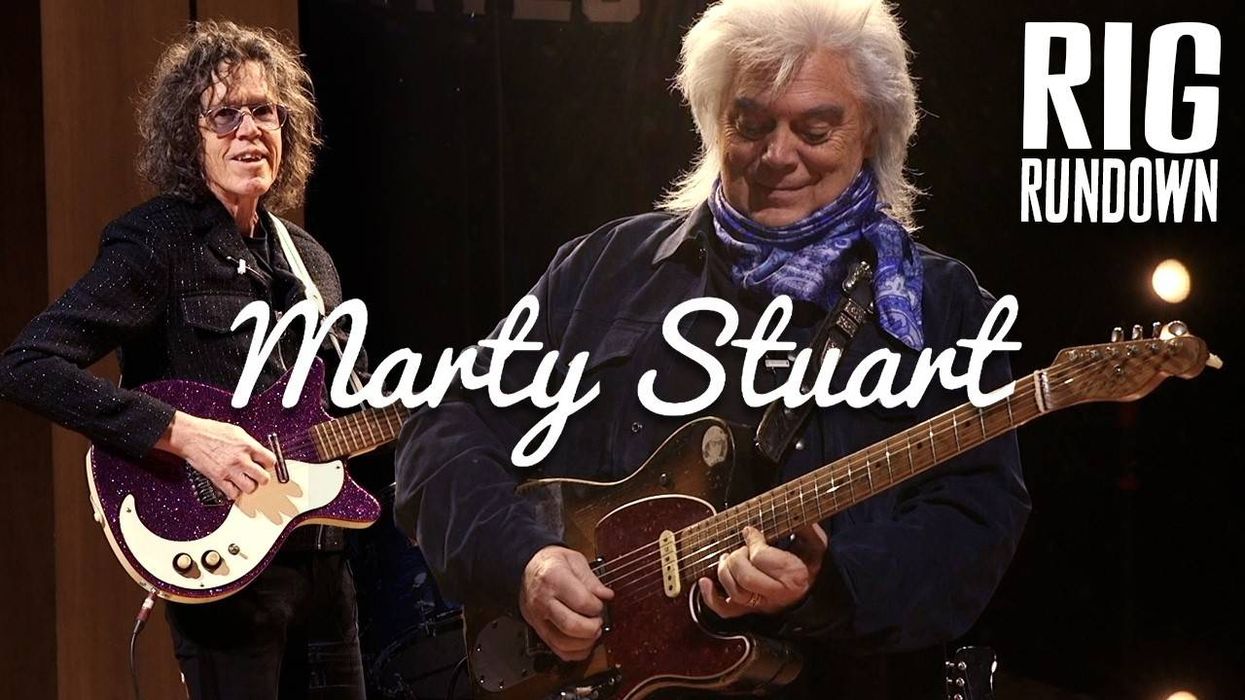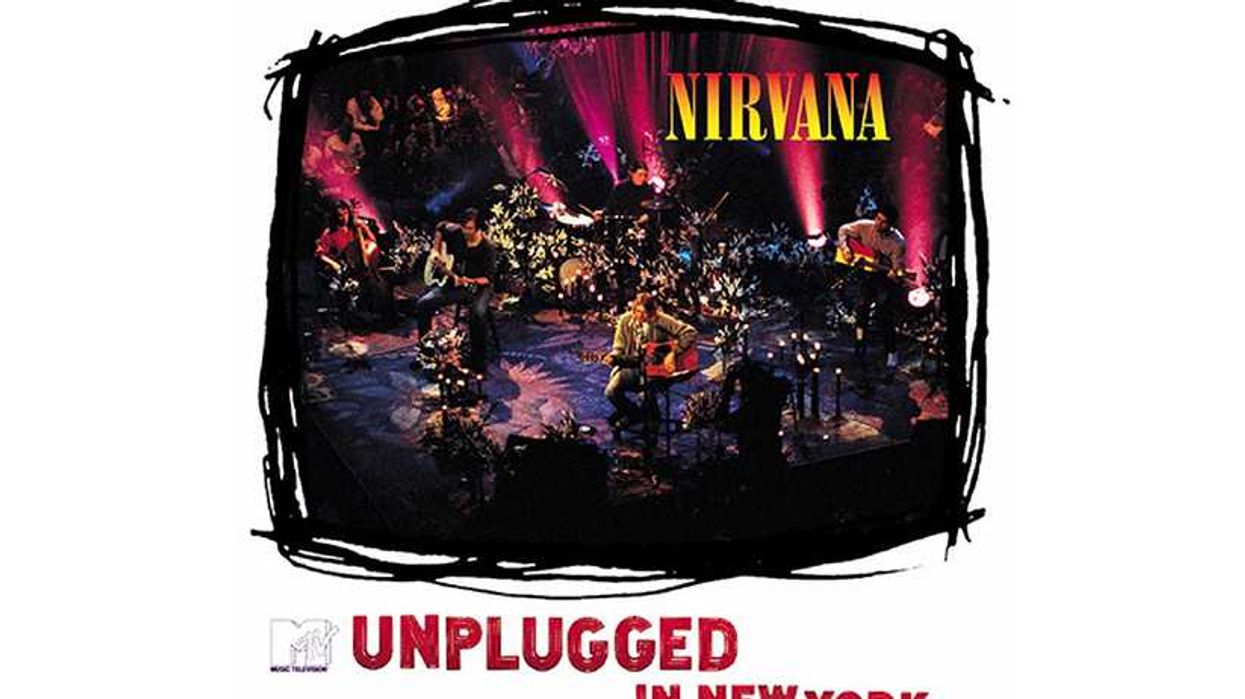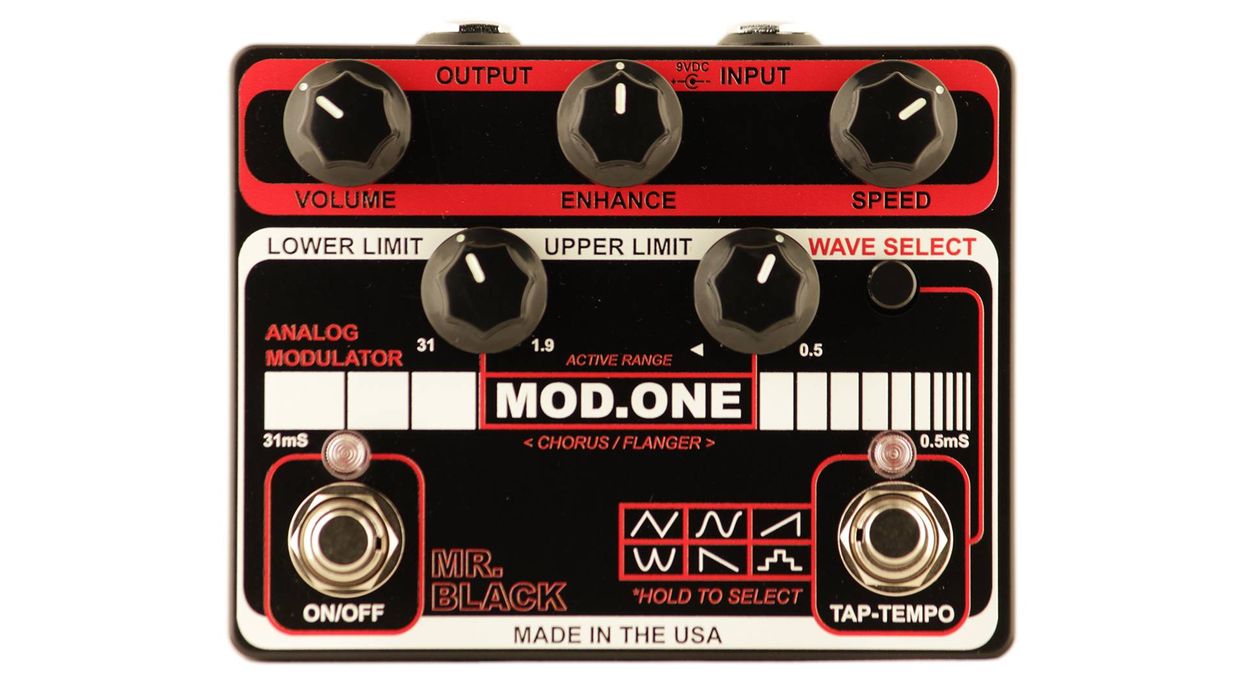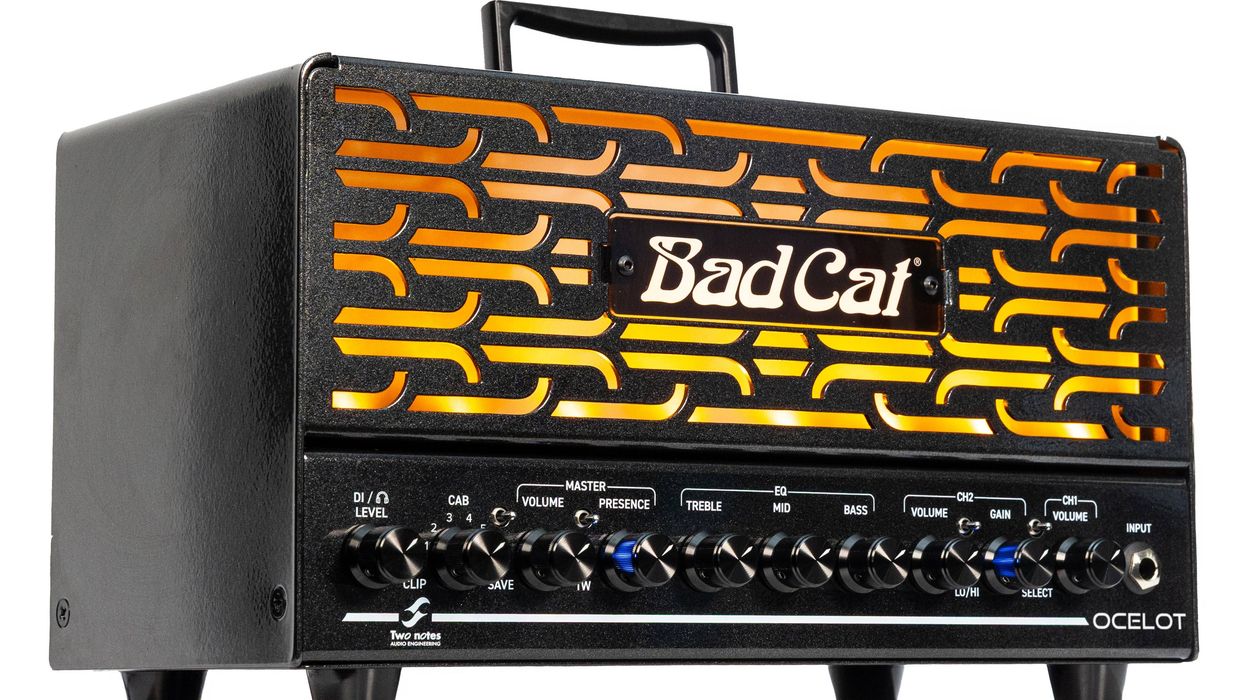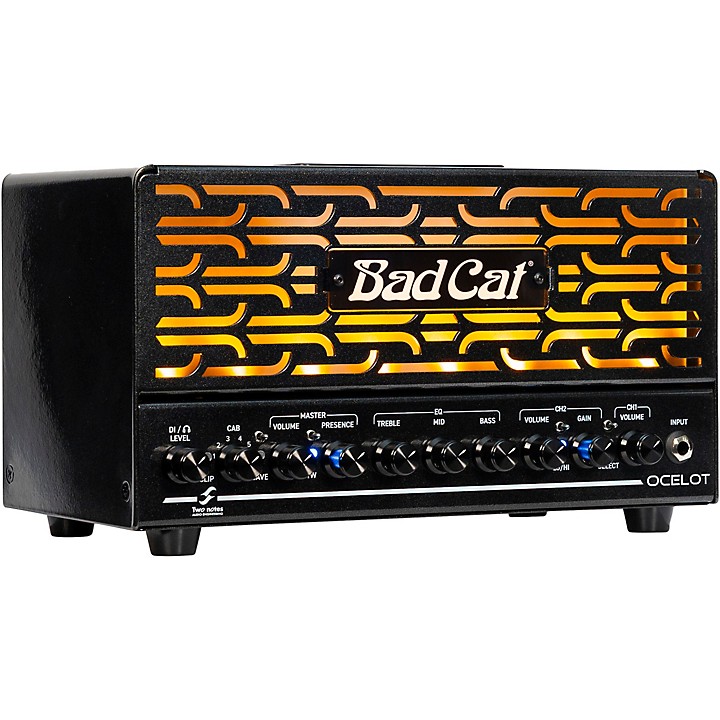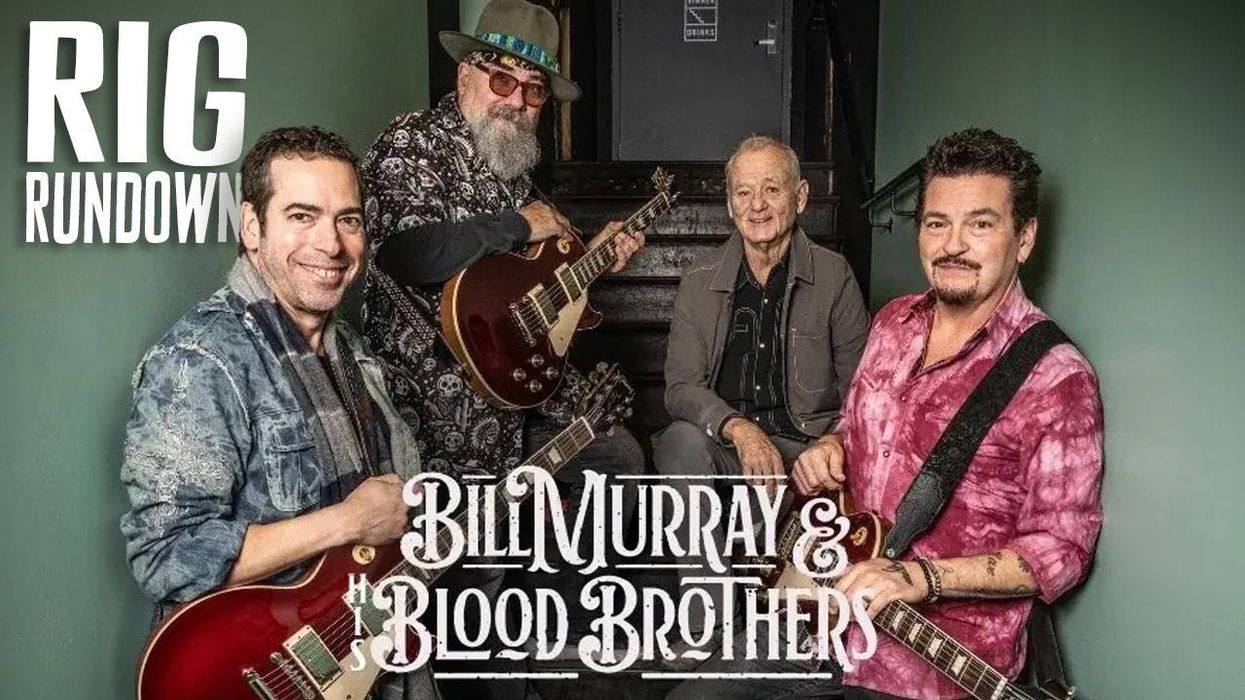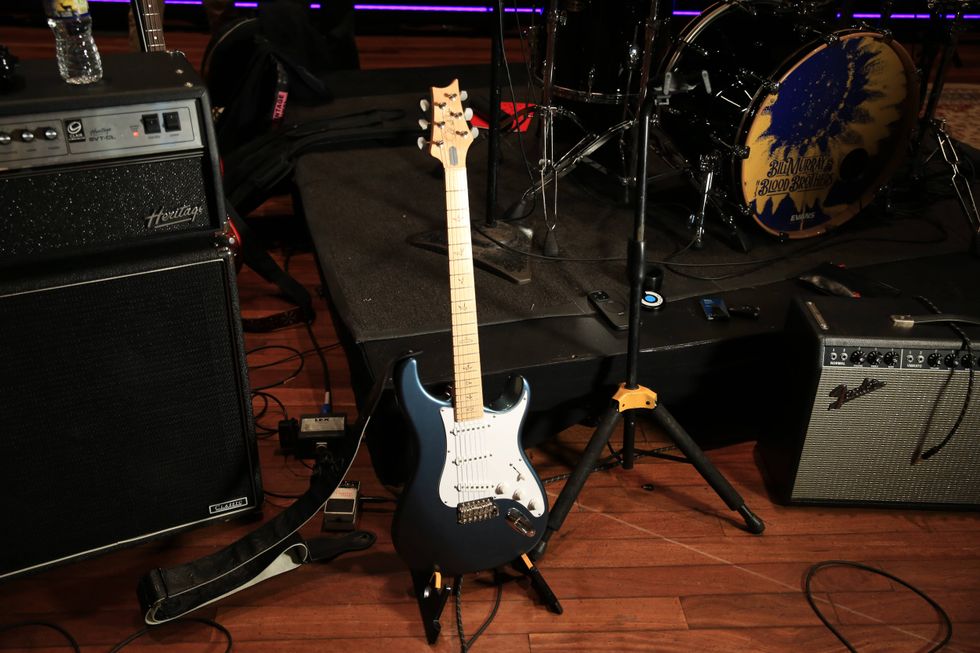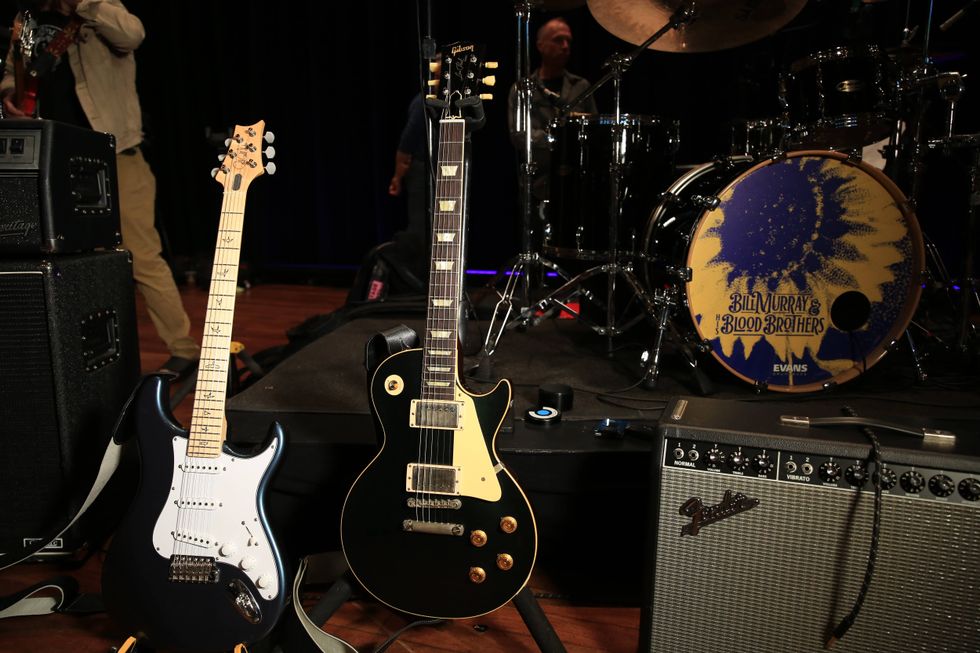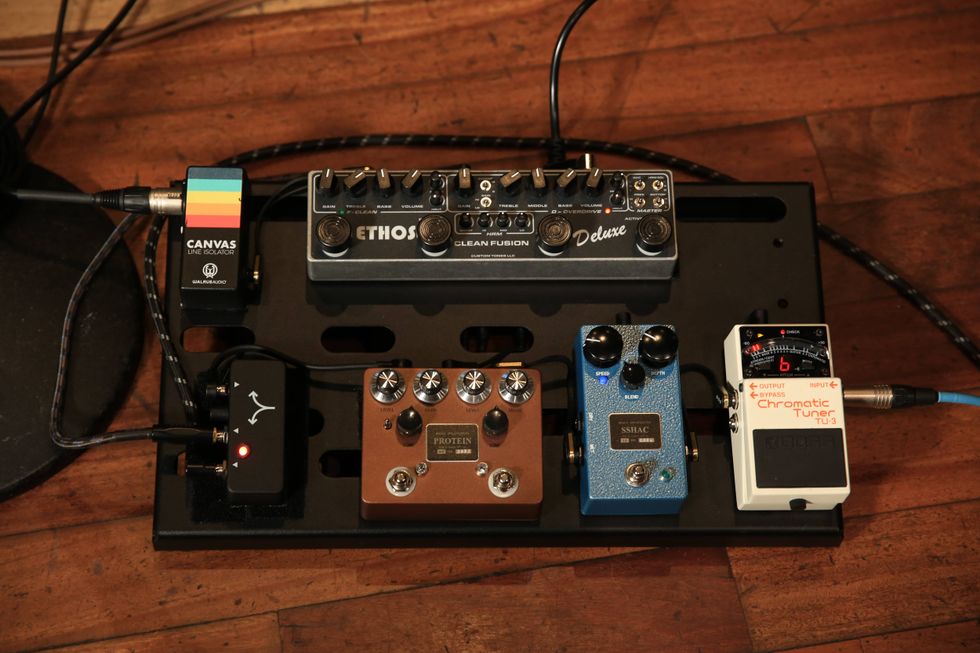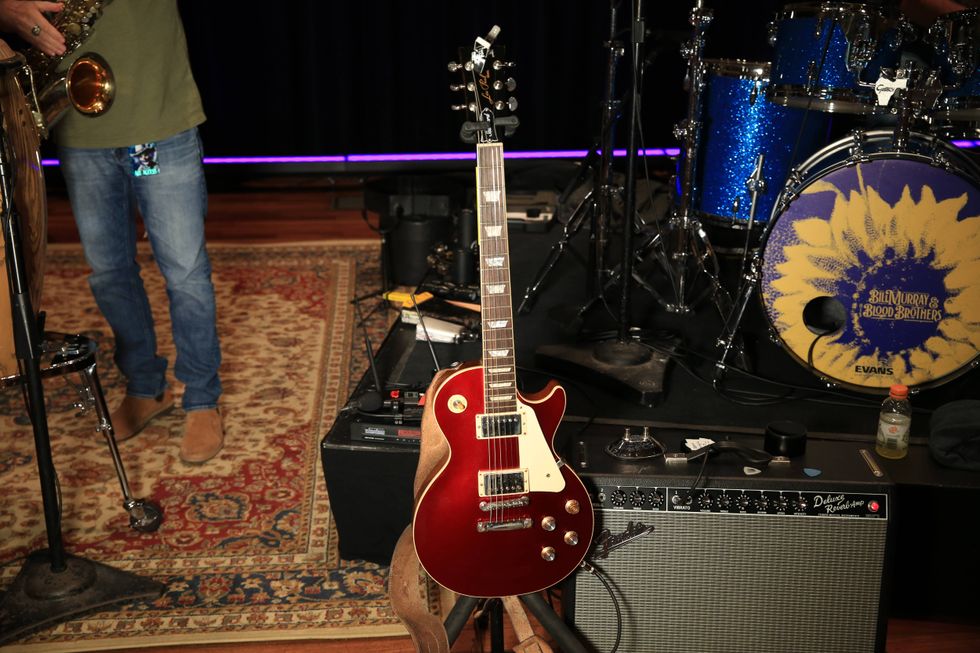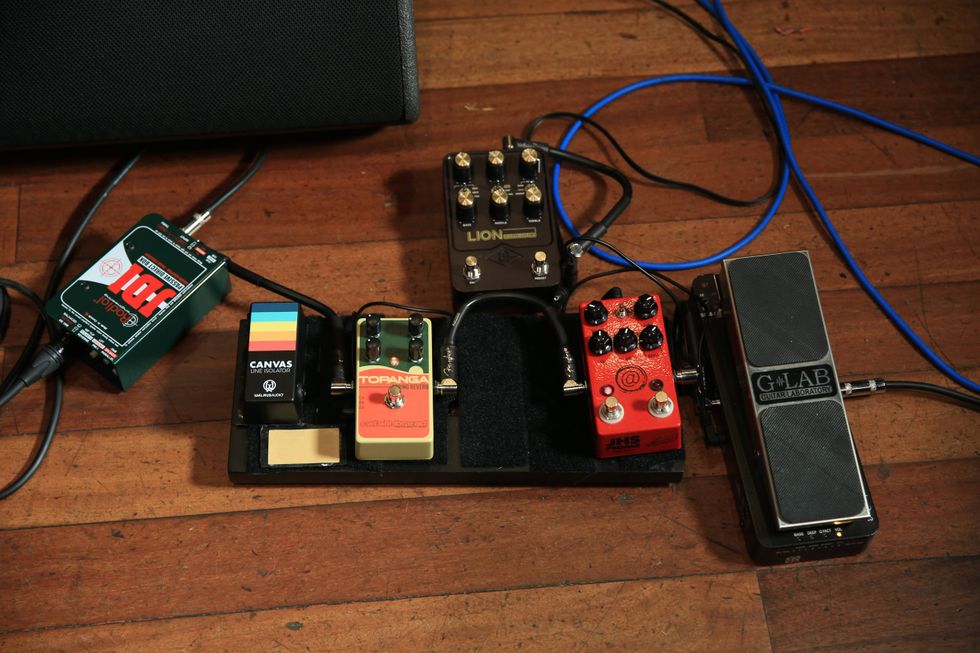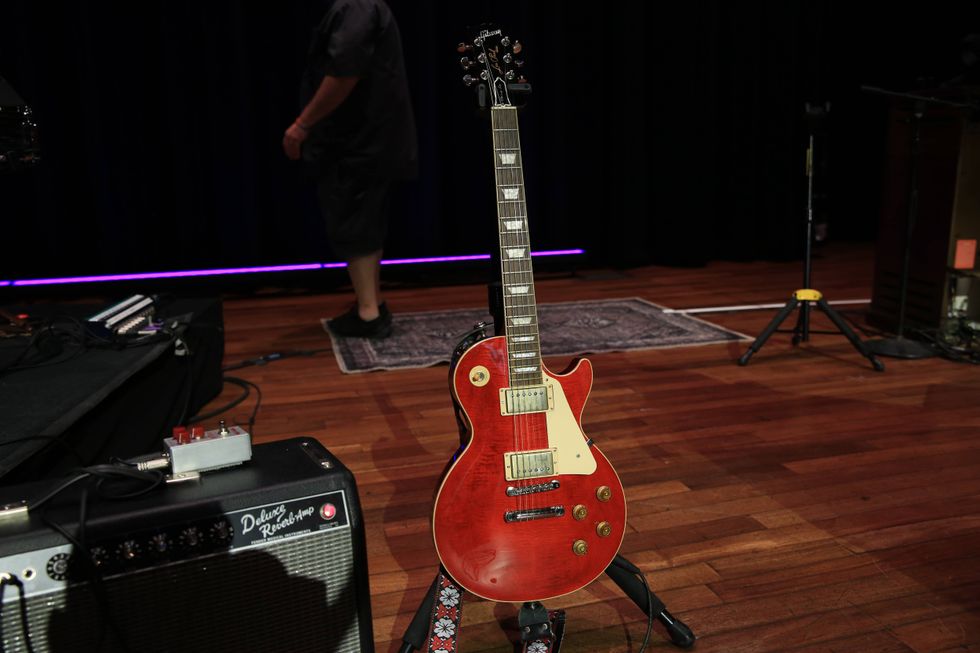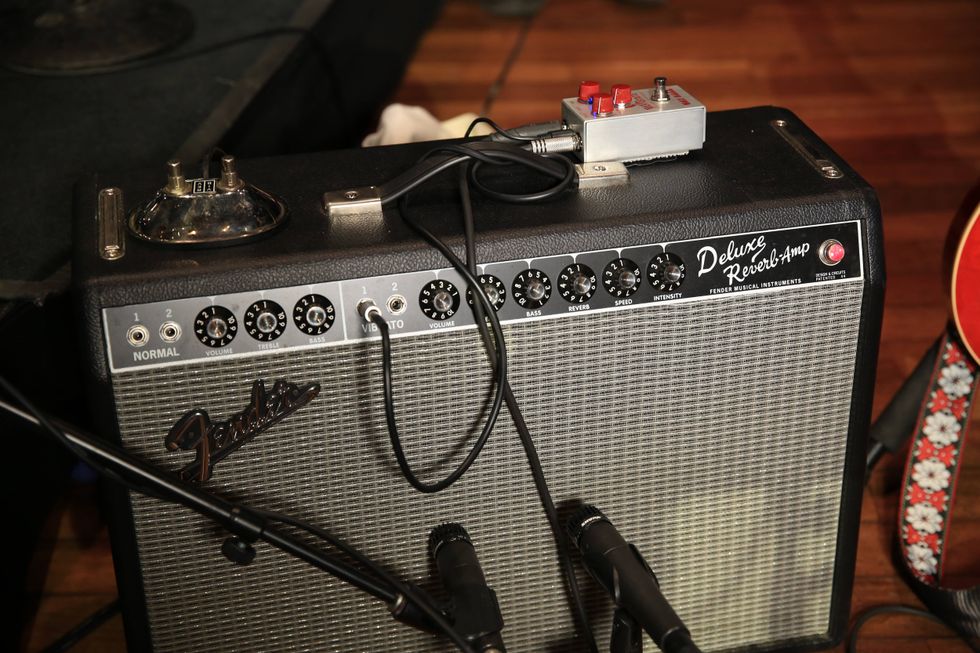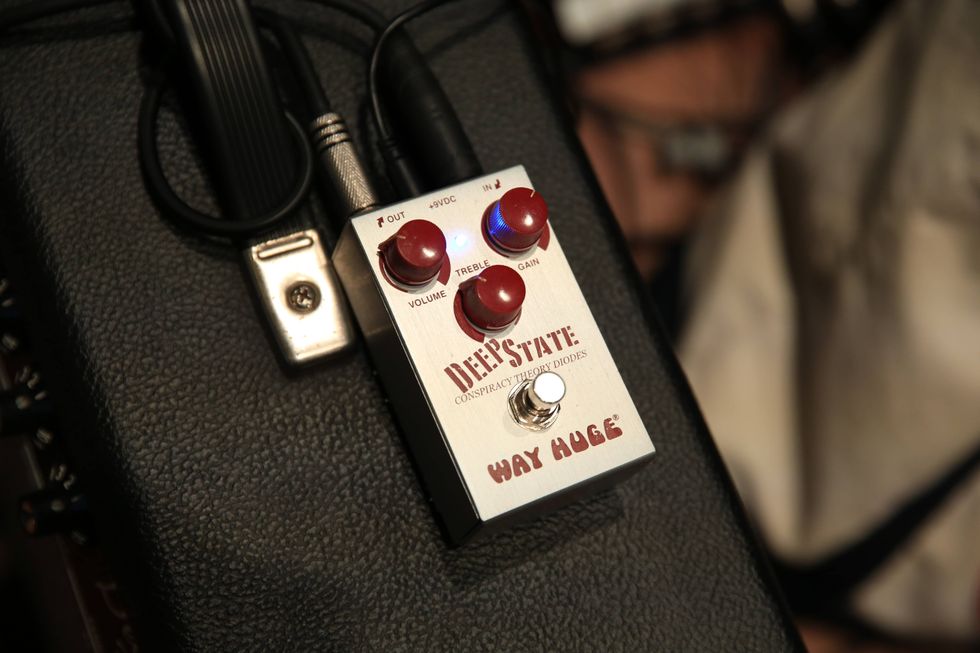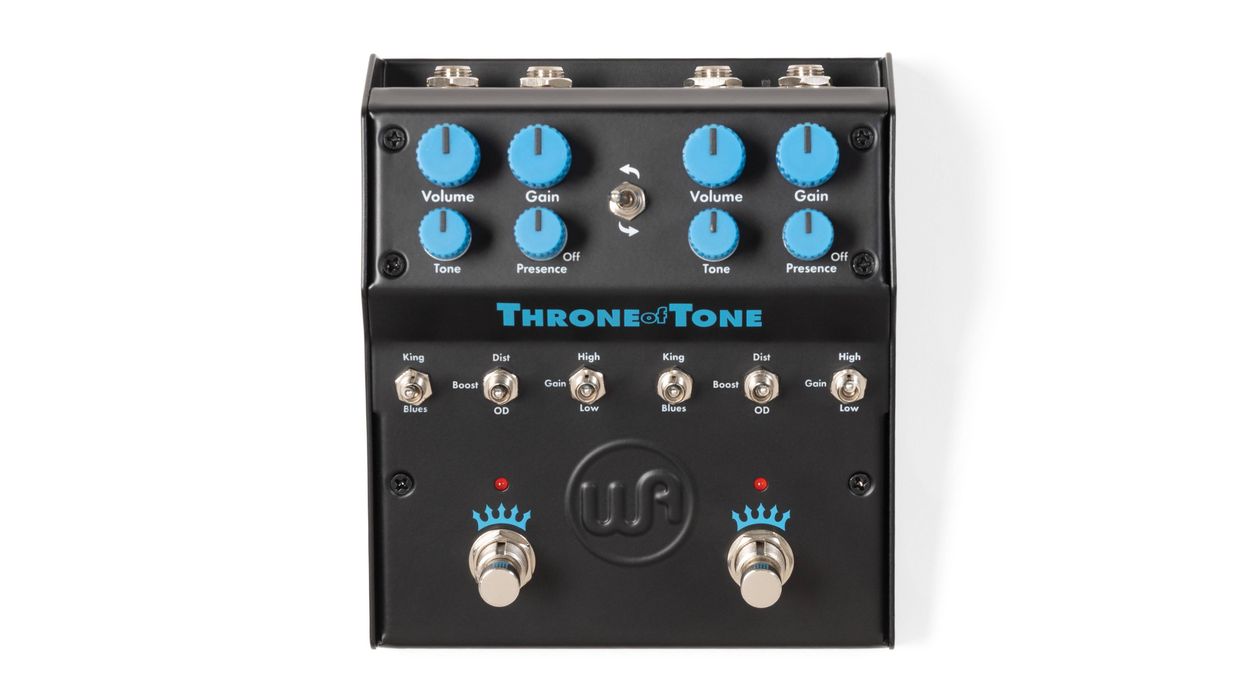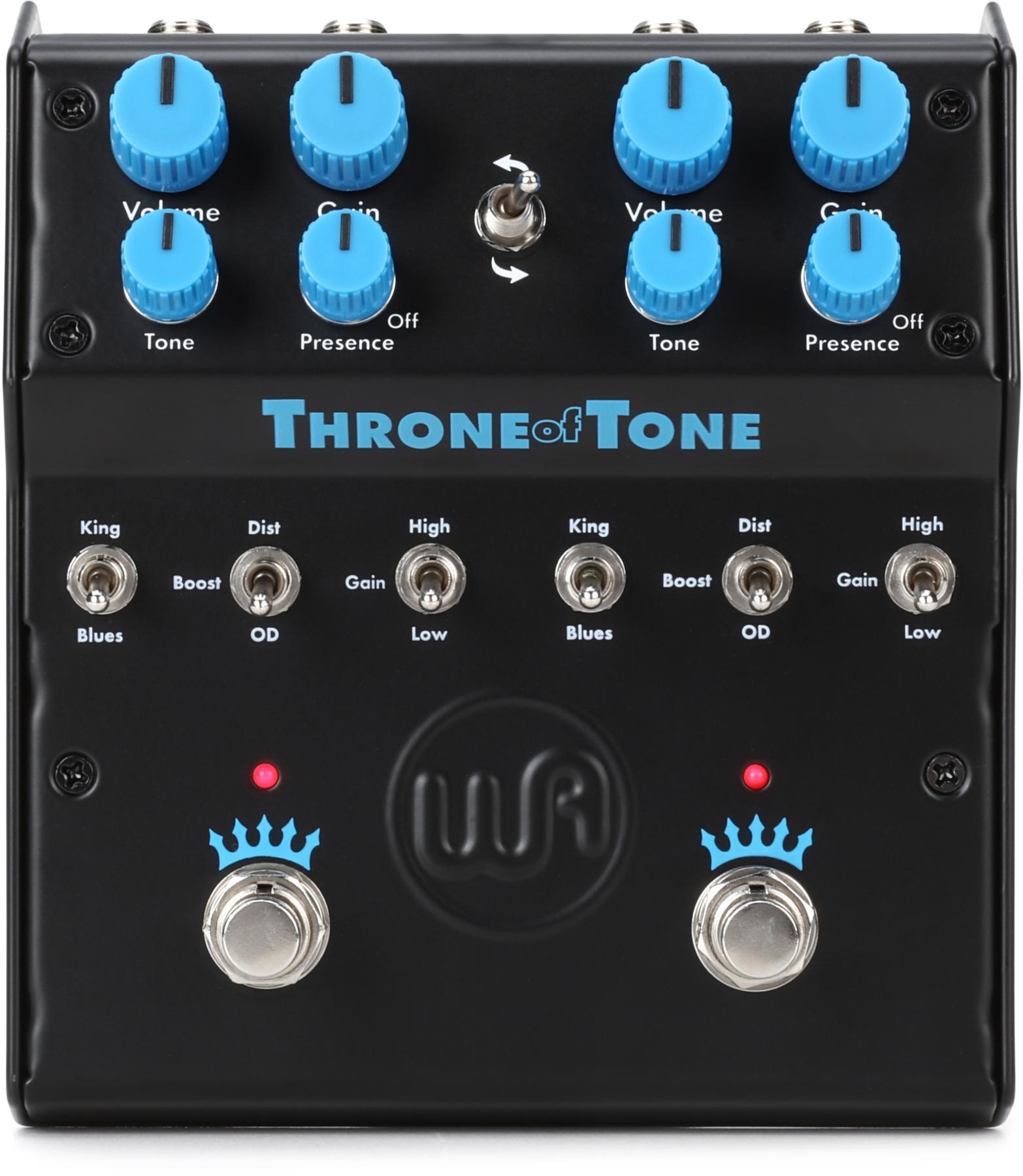Fender Jazzmaster and Fender Vibro Champ
Various output and sensitivity settings. The attack switch on until 1:09. Attack switch is off from 1:09 to 2:18.
The first compressor I ever bought was an MXR Dyna Comp. I picked one up because I was obsessed with Roger McGuinn’s super-squished, liquid, and explosive Byrds-tones, and it seemed like the closest I would get on a tight budget. At the time, I was also diving into my first home recording projects, and I quickly came to understand how the little red MXR could massage fuzz tones to fit more readily into a mix or add subtle pop to rhythm tracks. When I started to play live a lot more, I came to rely on it to extract extra sustain and body from the single-coil pickups I tend to use. Let’s say I got my money’s worth.
MXR’s new Dyna Comp Mini doesn’t fall far from the tree when it comes to tone or functionality, but in its smaller enclosure, it adds practicality to the elegant simplicity of the original. That’s bound to thrill working players with streamlined, fly-date boards and pedalboard maximalists trying to eek every possible square inch out of their real estate.
Tiny and Tough
The Dyna Comp was my first MXR box and, like many first-time MXR customers, I remember the sense of heft and brick-like solidity of that unit. The Mini is a lot less hefty, but it still feels as sturdy as stone.
The whole of the Dyna Comp Mini’s interior is taken up by a very streamlined and orderly printed circuit, which is dominated by the presence of a Intersil CA3080 “metal can” operational transonductance amplifier. This component was a fixture in the ’70s-vintage MXR Dyna Comp, the Ross Compressor that inspired it, and many boutique versions. MXR says they are using NOS versions of the component, and the Intersil website suggests it is no longer manufactured. Whatever MXR’s source, it would seem to be a finite supply for now.
Ratings
Pros:
Clean, transparent compression. Wide output range. Effective attack switch.
Cons:
Some players may miss heavier vintage-style coloration and squish.
Tones:
Ease of Use:
Build/Design:
Value:
$79
MXR Dyna Comp Mini
jimdunlop.com
Clean It Up
It’s hard to know exactly how much the CA3080 adds to the tonality of the Mini. But the Mini sounds different than most Dyna Comps I have used. In general, the Mini is cleaner, more transparent, less noisy (a big plus), and less ham-fistedly squishy than the older block Dyna Comps I have known.
For a lot of players, these improvements will be welcome. The Mini’s transparency and headroom are certainly assets when working with other effects. The Mini can also feel a little more dynamic than older Dyna Comps. And there’s no question it colors the intrinsic tone of your guitar less. Some players, like myself, may miss the overt squish and coloration from vintage models. It really comes down to whether you tend toward the musical artificiality of ’60s compression or cleaner, more transparent studio compression. There is no wrong answer, and personal preference—and the make-up of your rig—should be your guide.
One notable addition to the Mini is the attack button, which switches between slow and fast preset attack speeds. In slow attack mode, output from the MXR seems to bloom a little bit more. The fast mode is much more in your face and the output is hotter. There’s also a touch more sustain at the highest sensitivity levels (though sustain is excellent in both modes).
The Verdict
In any form, the Dyna Comp is the essence of pedal economy. In its new, more miniscule design, it economizes even further while adding a useful function via the attack switch. I suspect that most players will dig the greater clarity that the Mini brings to the party, though guitarists who like extra coloration in some vintage compressors might find this version a little too clean. No matter what side of that fence you’re on, it’s hard not to appreciate the miniature enclosure and equally diminutive price.




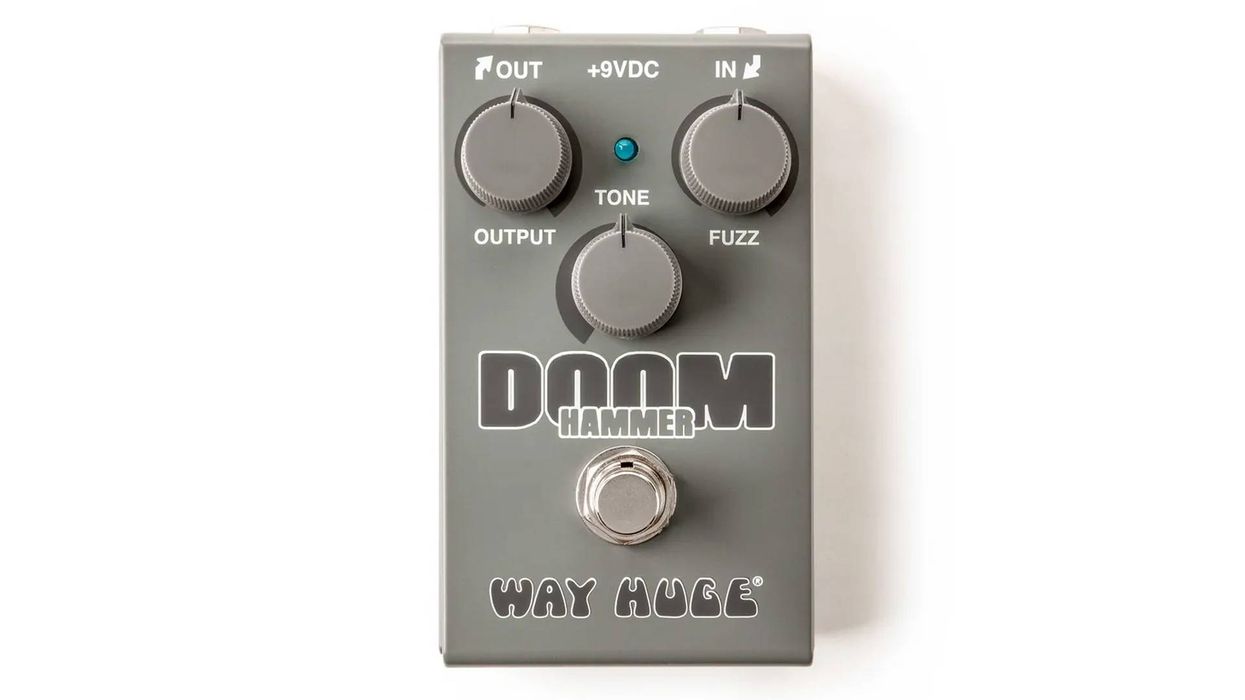
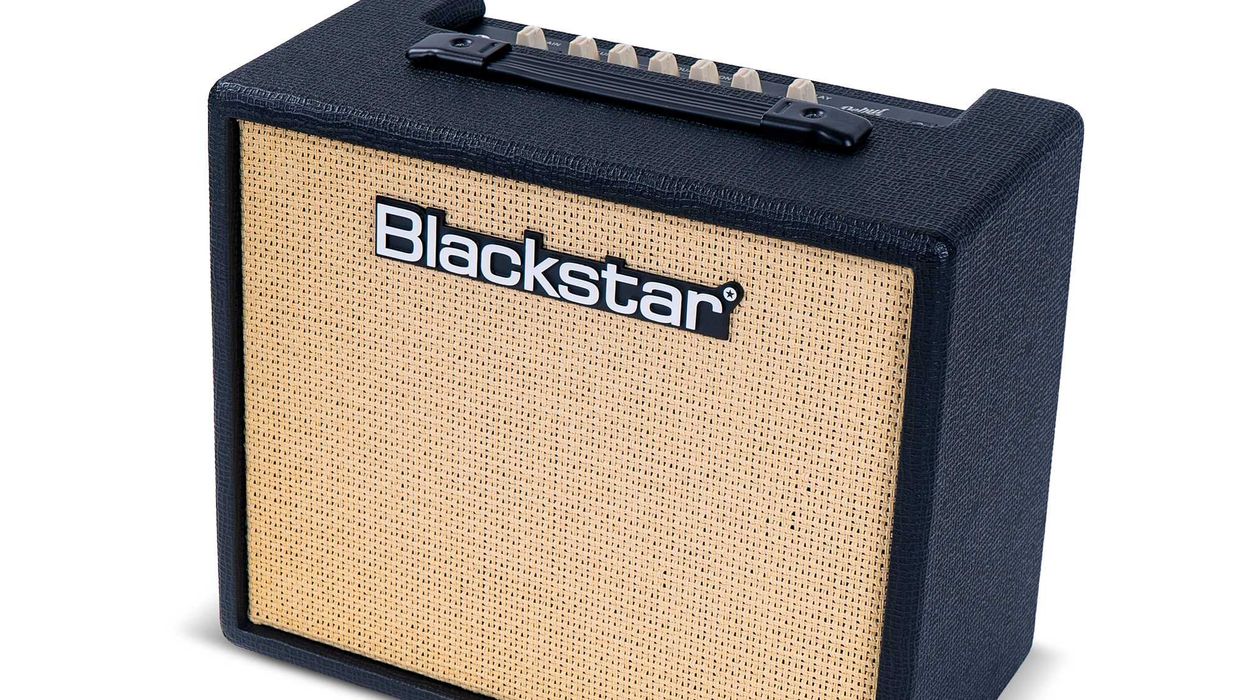
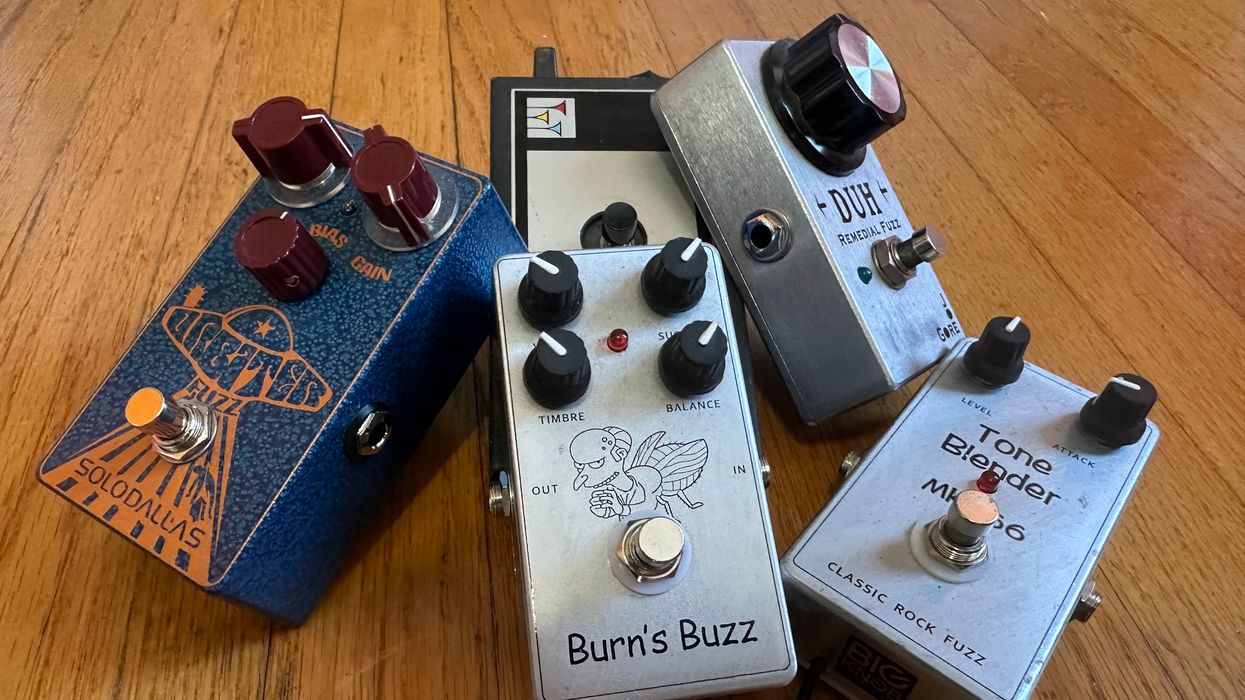

![Rig Rundown: Russian Circles’ Mike Sullivan [2025]](https://www.premierguitar.com/media-library/youtube.jpg?id=62303631&width=1245&height=700&quality=70&coordinates=0%2C0%2C0%2C0)
